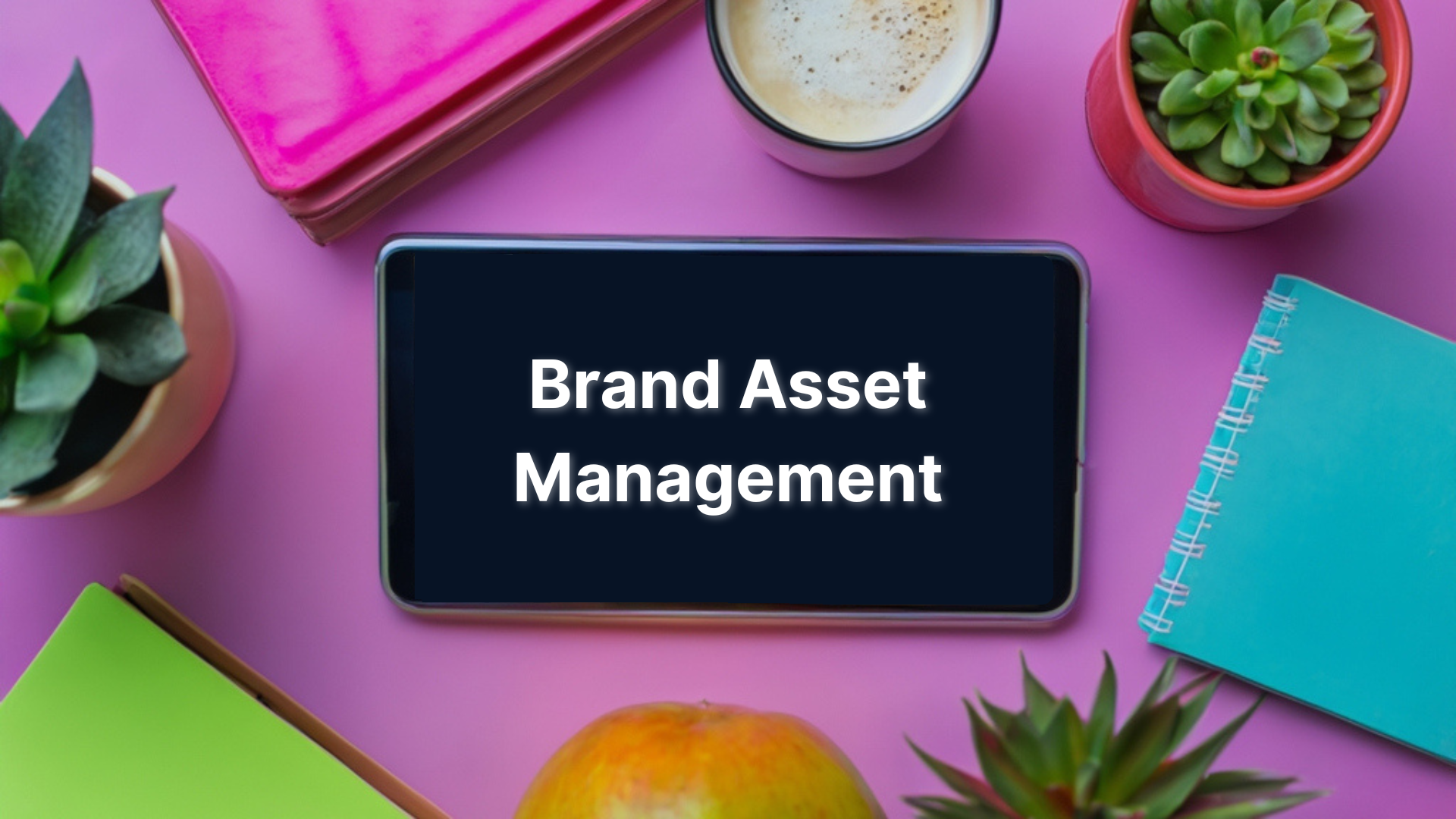
The past, present & future of digital assets
Martin Wilson is one of the two Directors at Bright. He met his business partner, Eric Clack at Warwick University when they were both studying computer science. Upon graduating in 1995 they both ended up working in the same computer consultancy firm in London. They experienced the dot.com boom before deciding to strike out together and create their own company - spurred on by the fact that neither enjoyed working for other people! Their dislike of authority influenced the way they run Bright to this day, eschewing a traditional hierarchy and instead focusing on giving teams autonomy to make decisions.
Martin, could you kindly give us the elevator pitch on what a DAM is and why you would need one?
Right from the beginning, we’ve been interested in solving people’s problems through intelligent software. A DAM system is simply a searchable database of digital assets, so things video, images and documents. When you’re a small company you might have hundreds of these documents but as you grow, very quickly this turns to hundreds of thousands scattered across hard drives and becomes difficult to manage and organise. These assets tend to cost quite a bit to produce and it’s important to ensure they are easily searchable. Some might contain sensitive information so ensuring there are permissions levels is also useful.
Bright has been running for 20 years now - what did things look like in the world of DAM when you first set up the business?
When we first started we were a general software development company, so if a client couldn’t buy something off the shelf that they needed, they would commission us to design and develop it for them. Within a couple of years, we had quite a few clients, one of which was The Royal Shakespeare Company. We developed a piece of software to help them show off some of their many digital assets and ended up integrating their new website with a clunky image library.
We saw a gap in the market to make this process easier and we went on to create our first DAM not long after. Most of the software created these days is created to solve a problem rather than because someone had an idea and this helps to reduce waste of systems that are not needed. Our developers work closely with clients to get their input and feedback at every step of the process, making sure that the solutions we are creating solve the pain points they are experiencing.
I’ve heard on the grapevine that your aim is to make people’s workdays more inspiring and productive. How are you doing this?
We want to focus on developing software that has an exceptional user journey and allows people to spend time on doing what they enjoy at work. It’s not just about efficiency and time-saving (although it is part of it!) it’s actually about really enjoying the experience of interacting with software as well as having the time to spend on other tasks.
Over the years it seems that just providing a piece of software that solves a problem is not enough, it also needs to have a sexy interface and be fun to use. How have you tackled this shift within Bright?
We’ve certainly seen a shift, especially in B2C websites and applications such as Facebook who have upped their game in terms of user experience. Users are now expecting this level of usability and interaction in their work-life as they have in their personal software. People are increasingly asking for interactive experiences that they enjoy when they are working.
With SAAS products, it’s generally the end-user choosing the software which has spurred us on to create our new products with that user in mind. DASH is a prime example of this. It’s really visually attractive as well as being intuitive to use and is positively changing the way people use a DAM which is the main aim for us. We began Bright as a very tech-led company and are now leaning towards focusing first on user experience which just shows how the software industry has evolved and changed.
Running a successful tech business means your finger needs to be constantly on the pulse. Do you find it difficult to switch off from this? And what are your tips if you do manage to!
I have fairly young children so working from home isn’t hugely successful for me! When we were a start-up I would work at home more and smartphones mean that the ability to check in on emails is literally in my pocket but I don’t really mind this. However, it’s important to me that our employees don’t feel they need to work outside the office. We actively encourage people to only work 7.5 hours a day and leave their laptops at the office.
Finally, what do you think is the future for DAM?
This is something I’ve been thinking about for years! In the near future, I believe it’s still about saving time for users. If you look at most DAM solutions now, they aren’t that fundamentally different to how they were 20 years ago. The user experience has improved but I can see that in the future time will be saved by using artificial intelligence (AI) to help identify people and organise images quickly. In launching DASH, we have a goal to halve the time that people spend uploading and organising their digital assets and we believe we have the technology in place to do this.
In the longer term, I think we’ll see digital asset management not as an application but more like an operating system, behind the scenes and powering other applications and solutions that others are using. Integrations are a big thing, DAM systems are already integrating with things like Adobe Suites but I think we’ll see this go further, to the point where we won’t even realise we’re using a DAM system as it will work in tandem with our other programs. That’s the vision we have, and DASH is just the first product launched with this view. We’ll be looking at creating bespoke front-ends for clients that interact with our DAM services in the back end and even sector-specific solutions which will just do exactly what the client needs to keep the experience as slick as possible.
If you’d like to hear more from Martin and the team you can listen to the whole podcast on Spotify and Apple Podcasts or check out our other episodes.
Our podcasts are recorded and produced by the brilliant Laura Evans at Let's Talk Video Production.


